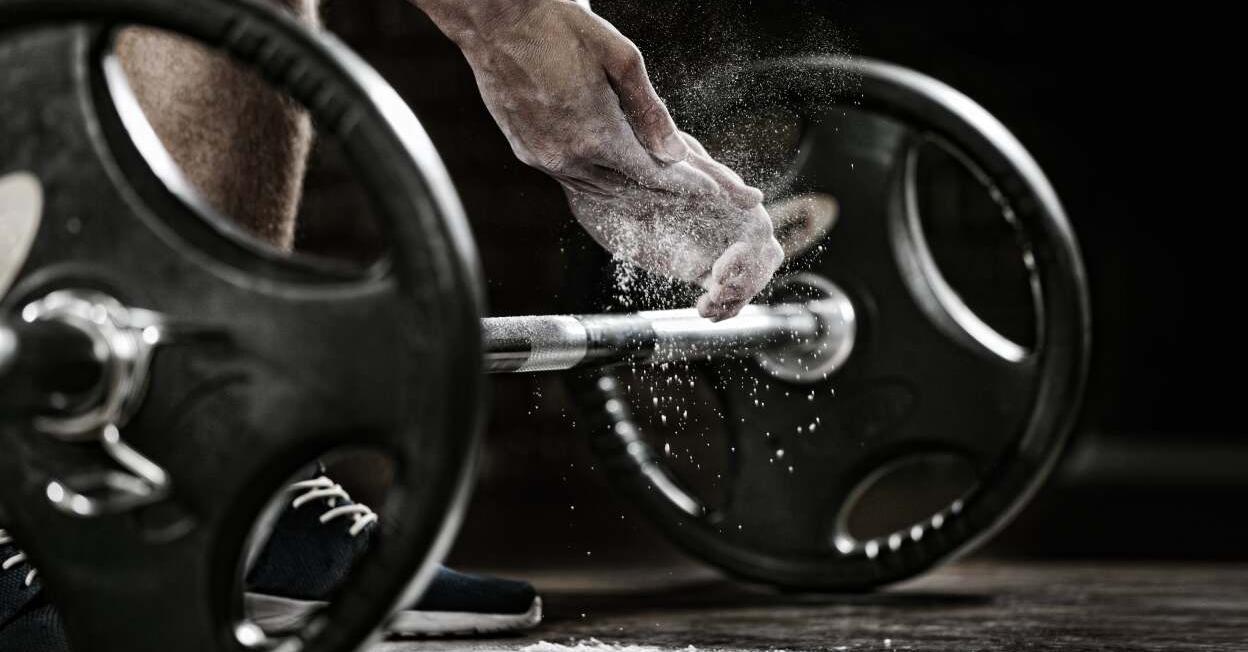Are you curious to know what is gym chalk used for? You have come to the right place as I am going to tell you everything about gym chalk used for in a very simple explanation. Without further discussion let’s begin to know what is gym chalk used for?
Absolutely, gym chalk might seem like an obscure accessory to the casual observer, but for those entrenched in the world of weightlifting, gymnastics, rock climbing, and other grip-intensive activities, it’s an essential tool. Let’s delve into the details of what gym chalk is used for and why it’s a game-changer for many athletes and fitness enthusiasts.
What Is Gym Chalk Used For?
Gym chalk, also known as magnesium carbonate, comes in the form of a fine, powdery substance. It’s renowned for its ability to absorb moisture, particularly sweat, allowing athletes to maintain a solid grip on equipment or surfaces. This simple yet effective tool is primarily used to enhance grip and prevent slipping during strenuous physical activities.
Its Role In Weightlifting
For weightlifters, maintaining a strong grip on the barbell or dumbbells is crucial. When lifting heavy weights, palms can become sweaty, compromising the grip and increasing the risk of the equipment slipping from the hands. Gym chalk acts as a barrier between the skin and the bar, absorbing moisture and enhancing friction. This not only provides a better grip but also promotes a sense of security, allowing lifters to focus on their technique and lift more confidently.
Gymnastics And Chalk
Similarly, gymnasts heavily rely on chalk to improve their grip on various apparatus like rings, bars, and parallel bars. In intricate maneuvers and routines where a solid grip is essential, chalk ensures that their hands remain dry, minimizing the chances of slipping during high-flying movements.
Rock Climbing And Chalk Bags
Rock climbers, perhaps more visibly associated with chalk, use it to maintain grip on holds and surfaces. Chalk bags strapped around the waist or clipped to harnesses provide easy access to chalk during climbs. By consistently applying chalk to their hands, climbers can mitigate sweaty palms and ensure a more secure hold, especially on challenging routes where every bit of grip matters.
Other Applications
The uses of gym chalk aren’t limited to weightlifting, gymnastics, and climbing. Athletes in various sports such as CrossFit, powerlifting, and even pole dancing often utilize chalk to optimize their grip and performance.
Safety And Hygiene
Apart from its grip-enhancing properties, gym chalk also serves a hygienic purpose. It helps absorb sweat, reducing the likelihood of bacterial buildup on shared equipment. Additionally, proper usage of chalk reduces the risk of blisters and calluses by maintaining a consistent grip without excessive friction.
Conclusion
In the realm of fitness and athletics, where every edge matters, gym chalk emerges as a seemingly modest yet indispensable tool. Its ability to improve grip, enhance performance, and promote safety makes it a staple in the kits of many athletes. Whether in the weight room, on the climbing wall, or performing intricate gymnastic routines, the simple application of chalk can make a significant difference in an athlete’s performance and confidence.
So, the next time you witness athletes dusting their hands with that white powdery substance, know that it’s not just a ritual but an essential aid that helps them reach new heights and push their limits in their chosen pursuits.
FAQ
When Should I Start Using Gym Chalk?
The first movement you’ll need chalk for is the deadlift. After awhile, grip will become the limiting factor with the deadlift, and chalk effectively strengthens your grip, allowing you to lift more weight.
What Are The Benefits Of Chalk?
While playing with sidewalk chalk, kids develop color recognition, sorting and matching skills. The chalk can also be used to teach children shapes, numbers and letters. Try having your child copy the letters or even trace their bodies and help them label each part such as their head, foot, hand, arm, and leg.
Is Gym Chalk Just Chalk?
“Regular” chalk is calcium carbonate. The “lifting” chalk is in fact magnesium carbonate, so no, they are not the same although some natural (limestone) carbonate rocks, called dolomite, are a mixture of the two.
Why Is Gym Chalk So Absorbent?
BSN Gym Chalk is produced from magnesium carbonate, a white solid which occurs in nature as a mineral. Its inherent structure acts as a drying agent, as it absorbs sweat.
I Have Covered All The Following Queries And Topics In The Above Article
What Is Gym Chalk Used For Weightlifting
What Is Gym Chalk Asmr
Gym Chalk Eating
Is Gym Chalk Edible
Gym Chalk For Crushing
Gym Chalk Powder
Gym Chalk Price In India
Where To Buy Gym Chalk
What Is Gym Chalk Used For

